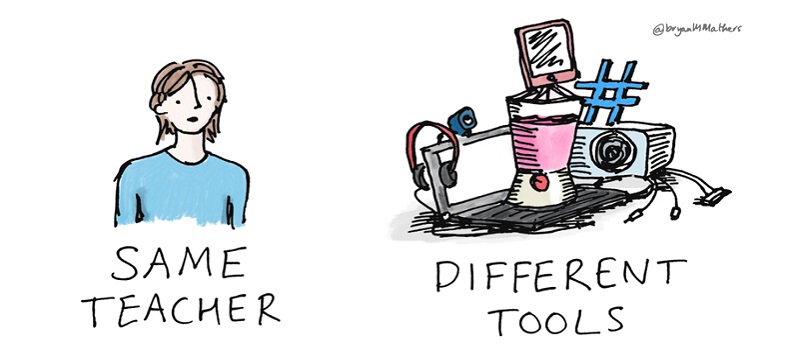2.2 Giving control to learners
It may sound like a complicated process, but there are several ways of giving control to learners that involve little extra work on the part of the teacher.
Allow choice of formats
It is standard accessibility practice to provide transcripts for audio or audiovisual material, to provide captions for video material, to provide alternative text for images and so on. However, these alternative formats are often used by a much wider range of people than those for whom they were originally intended, so ensure that all of these format options are available as standard for all learners (Fidaldo and Thormann, 2017). Similarly, some learners may prefer to receive your feedback as an audio mp3 rather than written text. This can even be quicker to produce than annotating a document with text-based feedback.
Allow choice of display characteristics
Many online teaching materials, including web pages, documents and slideshow presentations, can be easily altered by learners to suit their needs in terms of font, font size, colour and contrast. Point out to your learners how they can personalise your materials, even linking them with guidance pages on the internet describing how to use built-in web browser features to achieve these changes.
2.1 Serving diverse audiences
